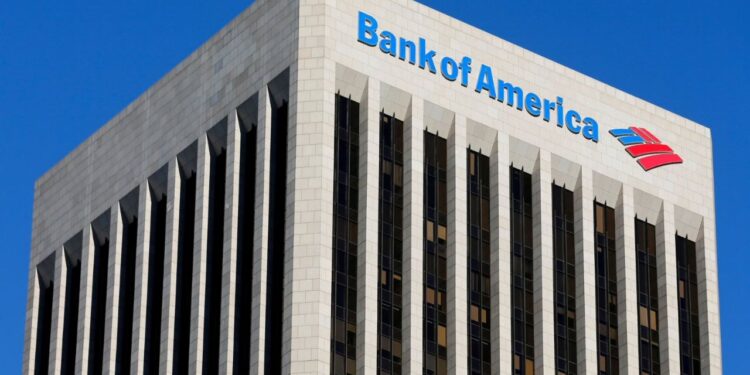Bank of America is pushing further into the digital era with a new wave of branch closures that took place during the first week of March 2025. This move signals a broader shift across the banking sector, as traditional brick-and-mortar locations give way to virtual platforms designed for speed, convenience, and efficiency. However, this transformation also comes with growing concerns—particularly for those who still depend on face-to-face banking.
Why Bank of America Is Closing More Branches
The latest closures are part of a long-term strategy fueled by evolving consumer behavior. In today’s fast-paced world, more customers are turning to digital banking solutions. Whether it’s transferring funds, paying bills, or checking balances, most tasks can now be done instantly via smartphones or computers.
With fewer people visiting physical branches, maintaining these costly locations is no longer as practical or profitable for banks. According to the Office of the Comptroller of the Currency (OCC), these closures are not one-off events but part of a larger industry trend.
A 2024 report by Self Financial supports this shift, highlighting that since 2018, the U.S. has seen an average of 1,650 bank branches close each year. If the pace continues, analysts believe that physical banking locations could become a thing of the past by 2041.
Branches Closed by Bank of America in March 2025
Between March 2 and March 8, Bank of America shut down locations in four key states, affecting both urban and suburban communities.
| State | Location |
|---|---|
| California | 702 Mission Ave., Oceanside |
| Florida | 8181 West Broward Blvd., Plantation |
| 16686 SW 88th St., Miami | |
| Oregon | 14400 SW Allen Blvd., Beaverton |
| Tennessee | 3741 Winchester Rd., Memphis |
Since the start of its consolidation efforts in 2022, Bank of America has closed approximately 200 branches nationwide.
What This Means for Consumers
While digital banking provides 24/7 convenience, not everyone is ready or able to make the switch. The closure of physical branches can be particularly disruptive for:
- Older adults who are less tech-savvy
- Rural residents with limited internet access
- Low-income individuals without reliable devices
- Small business owners who rely on in-person banking for transactions
Additionally, branch closures can result in job losses, impacting local economies and reducing face-to-face services that many still value for trust, security, or complexity.
The Bigger Picture: Banking Goes Digital
Despite the downsides, banks like Bank of America are betting on a future dominated by technology. The company has invested heavily in:
- Mobile app development
- AI-driven customer support
- Cybersecurity enhancements
- Digital wealth management tools
As physical branches dwindle, banks are shifting to smaller, more specialized offices focused on mortgage assistance, financial advice, and business services, while routine transactions move entirely online.
Is This the End of Traditional Banking?
Not quite—but it’s evolving. Physical branches aren’t vanishing overnight, but the role they play is being redefined. The new model centers on personalized digital services supported by robust technology and fewer, more targeted in-person interactions.
As banks close more branches, they’ll need to ensure accessibility doesn’t suffer. Offering digital literacy programs, expanding customer service channels, and maintaining a baseline number of branches in underserved areas will be essential to bridging the gap.
FAQs:
Why is Bank of America closing so many branches?
The closures are part of a strategy to reduce costs and adapt to consumer demand for digital services, as most banking activities are now done online.
How many branches has Bank of America closed so far?
As of March 2025, the bank has shut down around 200 locations across the U.S. since 2022.
Will all physical branches eventually close?
Possibly, though not immediately. Experts estimate that if current trends continue, most branches could disappear by 2041.








